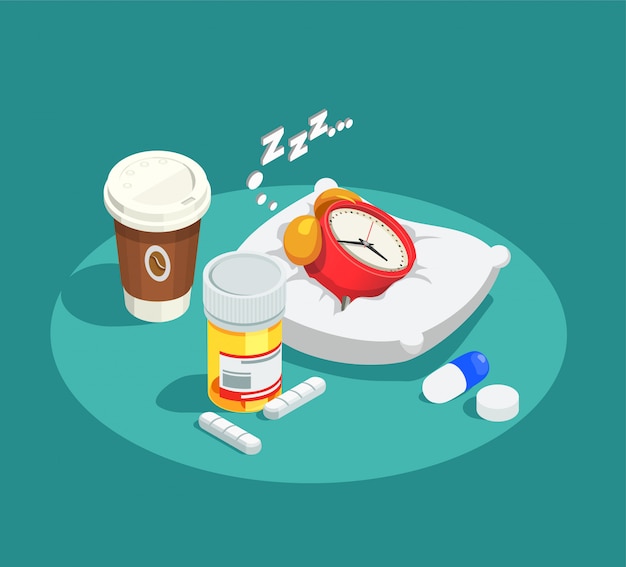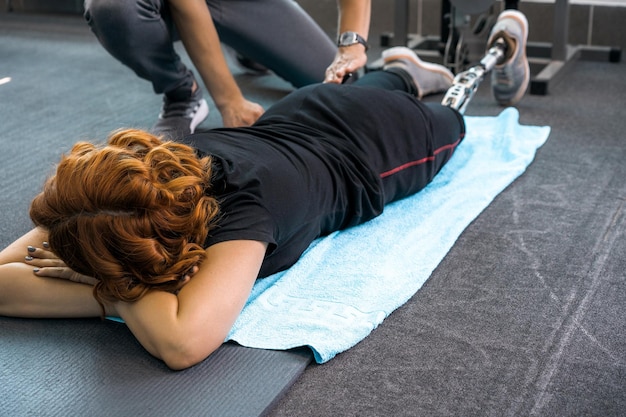The Ultimate Biohacking Guide for Home Exercisers: Simple Routines, Smart Habits, and Science-Backed Tips
In today’s fast-paced world, more people are turning to home workouts for convenience, flexibility, and consistency. But what if you could go beyond basic exercise and optimize your body’s performance using science-backed biohacking strategies? This comprehensive checklist is designed specifically for home exercisers who want to enhance energy, recovery, focus, and results—without expensive gear or extreme lifestyle changes.
What Is Biohacking—And Why It Matters for Home Workouts
Biohacking refers to using science, technology, and lifestyle adjustments to improve your body’s function. For home exercisers, this means making small, evidence-based changes that amplify the benefits of your workouts—like faster recovery, improved endurance, and sharper mental focus.
The best part? You don’t need a lab or a doctor’s prescription. Most biohacks are simple habits you can start today—right from your living room.

1. Optimize Your Circadian Rhythm
Your body’s internal clock affects energy, metabolism, and recovery. Aligning it with natural light cycles boosts performance.
- Get morning sunlight: Spend 5–10 minutes outside within 30 minutes of waking. This regulates melatonin and cortisol, improving alertness and sleep quality.
- Limit blue light at night: Avoid screens 1–2 hours before bed or use blue light filters. Poor sleep reduces muscle recovery and motivation.
- Consistent sleep schedule: Go to bed and wake up at the same time daily—even on weekends.
2. Upgrade Your Hydration Strategy
Water is essential, but biohackers go further. Proper hydration improves joint lubrication, nutrient transport, and endurance.
- Start your day with water: Drink 16 oz (500ml) of water upon waking to rehydrate after sleep.
- Add electrolytes: Especially after intense workouts. A pinch of sea salt or a sugar-free electrolyte mix helps maintain balance.
- Monitor urine color: Aim for pale yellow—dark yellow means you need more fluids.

3. Use Short, High-Impact Workouts
You don’t need hours in the gym. Research shows that short, intense routines can deliver excellent fitness results.
- Try 7-minute HIIT: A science-backed circuit of bodyweight exercises (jumping jacks, squats, push-ups) at high intensity with 10-second rests.
- Micro-workouts: Three 10-minute sessions spread through the day can be as effective as one 30-minute session.
- Progressive overload: Gradually increase reps, resistance (using bands or weights), or speed to keep challenging your body.
4. Leverage Cold and Heat Exposure
Temperature manipulation can reduce inflammation and boost recovery.
- Cold showers (2–3 minutes): Taken post-workout, they may reduce muscle soreness and increase alertness.
- Heat therapy (sauna or hot bath): Use 2–3 times per week to improve circulation and relaxation. Studies suggest it may mimic some cardiovascular benefits of exercise.
5. Improve Breathing for Better Performance
Most people breathe inefficiently. Controlled breathing enhances oxygen delivery and reduces stress.
- Box breathing (4-4-4-4): Inhale 4 sec, hold 4 sec, exhale 4 sec, hold 4 sec. Repeat for 2–5 minutes to calm the nervous system.
- Nasal breathing during workouts: Improves CO2 tolerance and oxygen efficiency, especially during low-to-moderate intensity.

6. Optimize Post-Workout Recovery
Recovery is where growth happens. Support it with simple, effective habits.
- Protein within 30–60 minutes: 20–30g of high-quality protein (e.g., Greek yogurt, eggs, or plant-based protein) supports muscle repair.
- Stretch or foam roll: Just 5–10 minutes improves flexibility and reduces soreness.
- Hydrate and refuel: Replenish fluids and include a small amount of carbs to restore glycogen.
7. Track Simple Metrics for Progress
What gets measured gets improved. You don’t need a smartwatch—just consistency.
- Workout log: Track exercises, reps, and how you felt. Notice trends over time.
- Resting heart rate: Lower over time usually means improved cardiovascular fitness.
- Sleep duration and quality: Use a journal or basic app to spot patterns.
8. Support Your Mindset and Motivation
Mental resilience is a biohack in itself. A strong mindset keeps you consistent.
- Morning intention setting: Spend 1 minute visualizing your day and workout goals.
- Gratitude practice: Write down 3 things you’re grateful for post-workout. This boosts mood and long-term adherence.
- Environment design: Keep your workout space clean, visible, and inviting. Remove friction to starting.
Final Thoughts
Biohacking isn’t about extreme measures—it’s about making smarter, sustainable choices. As a home exerciser, you already have the advantage of convenience. Now, with these simple, evidence-based habits, you can unlock greater energy, faster recovery, and better results—without stepping outside your door.
Start with one or two biohacks, track how you feel, and build from there. Small changes, consistently applied, lead to big transformations.


















